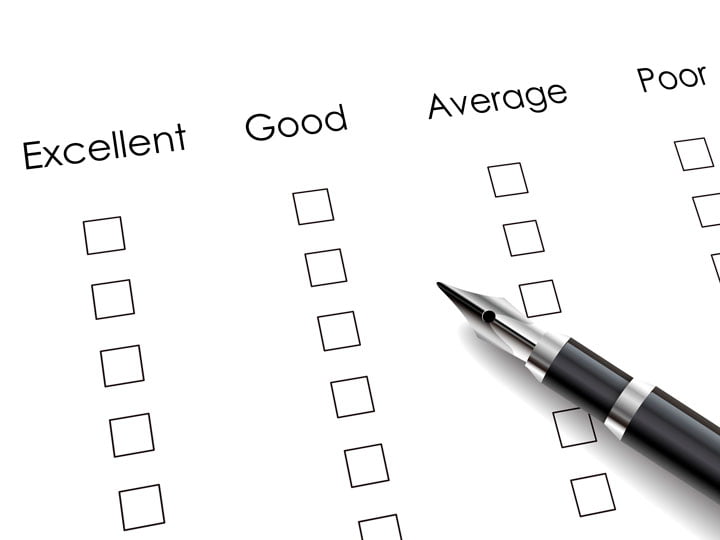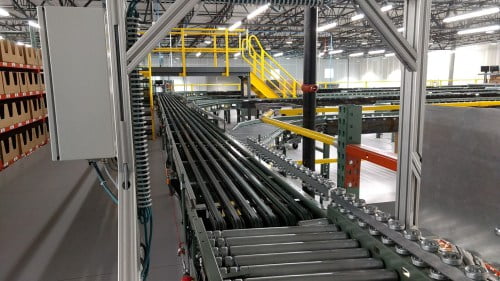Published February 5, 2015
By Jim Tompkins
CEO, Tompkins International
In part 1 of this two-part blog, I explained why analyzing the retail performance data of year 2014: 1) was important as retailers, consumer products companies, distributors, 3PLs, and others tried to anticipate the future; and 2) was very confusing and difficult for a wide variety of reasons, but I will give this my best shot here.
First, let me limit my risk of error by saying:
- The trends I present are occurring globally, but the quantification of these trends is specifically regarding 2014 retail performance in the United States.
- The quantification of these trends is presented as ranges and there is a wide range of circumstances covered by the results.
- All of the quantification is evolving, so do not attempt to get overly specific with the numbers I present.
Here is my Top 10 reflections on 2014 that we need to carry forward:
- Retail store traffic is down. In the US we are seeing numbers from 5 to 12% less traffic. Retail traffic per square foot fell from 2-7% for 2014.
- Conversation rates are up for customers in store. This relates to omnichannel as customers come to the store based on what they have seen online. So the metric of importance here is not conversation rate, but the reality that a company’s in-store performance is significantly impacted by their online presence. Numbers from 45% to 75% of shoppers are in-store as results of an online experience (omnichannel) are not unusual.
- Ecommerce sales in 2014 increased between 12-25%.
- Mcommerce (Mobile commerce) traffic improved from 35-55% and Mcommerce shopping increased 20-35%.
- Promotions spread the peak periods. Peak periods became less peaky. Fewer shoppers are buying on Big shopping days (Thanksgiving, Black Friday, Cyber Monday) as they already bought earlier at a promotion they felt was a good value.
- The busier the time of year (Back-to-School, Black Friday, Green Monday, Valentine’s Day, Mothers Day, etc) the more likely the shoppers are to go to ecommerce.
- Due to mobile shopping and free shipping the average Direct-to-Consumer order had 4-10% fewer items per order. Customers are ordering more often with fewer items per order.
- Customers are taking shopping seriously. Although the recession is behind us, shoppers are focused on what they want (free shipping, free returns, good value, private label quality) and are not shopping as if the recession is behind us. Contrary to what some “experts” claim we do not see customers as being “carefree”. To the contrary they are more savvy and methodical.
- Customers are evaluating the speed of delivery. They are not willing to pay for same day or next day, but they do not accept 4 day or 5 day delivery.
- Different countries are growing ecommerce at different rates. You need to evaluate your strategy for each country going forward. Consider:
- France, Japan and South Korea- 10-15%
- Canada, Russia, UK and US- 15-20%
- Brazil and Germany-20-25%
- China- 30-35%
So, lots of evolution and transformation ahead for retailers, consumer products companies, 3PL’s and distributors. I strongly recommend you stay in sync with omnichannel, e-commerce, m-commerce, the impacts of promotions, order profile changes, speed of delivery, and cross border strategies. Falling behind on these trends and marching to last year’s drummer could very well result in you not looking good at the end of 2015. The pace of change requires you to keep up, or risk falling behind competitors.
More Resources:



